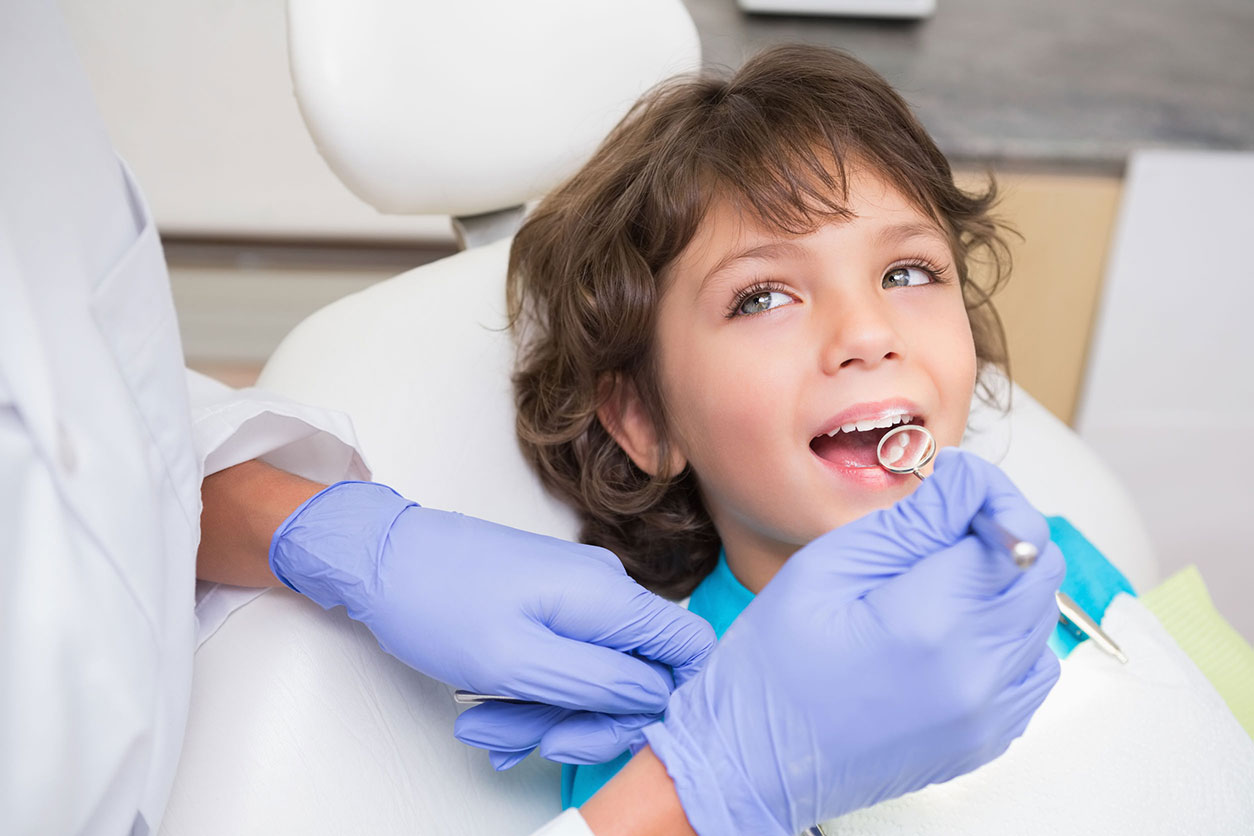
Painless and fearless care
Anesthesia for children
Local anaesthesia in children and adolescents is a problem on several levels.
How to make the child accept it?
How do you do it without pain?
How to be effective?
What are the risks in children?
How do we get her to accept it?
The child's approach remains complex, either because he is afraid of the unknown, or because he is afraid of the needle, of the sting. There are different approaches to the act of anesthesia, depending on the psychology of the practitioner and the patient.
Some simple and effective rules are applied in our Centre to put the child in the best conditions:
- We do not use the term "painful". Each word carries its literal meaning and what each person puts into it, coming from his or her personal history. The words "wrong", "prick", "needle", "prick", "syringe" should be avoided.
- We don't use negation. In psychology, there is no such thing as negation. If we say to a person, "Don't think about the needle," that person will instantly have a needle image in their mind. The same principle applies with our patients. The phrase "Don't be afraid, it won't hurt" is actually translated as "You are right to be afraid, it will hurt" and has the effect of associating fear and pain with the act performed.
- We use vocabulary appropriate to the age of the patient because children are not miniature adults. You don't talk to a four-year-old the same way you talk to a teenager. During the pre-operative visit, we must tell the child what is going to happen in age-appropriate language so that he or she can calmly move on to the next step.
Each practitioner strives to find the words that correspond to the personality of each child using positive or at least neutral terms to convey his or her message.
How do you do it without hurting?
A relaxed patient and operator are the first guarantee of freedom from pain. Nevertheless, two steps are potentially painful: the passage of the needle through the mucosa and the first stages of intra-tissue injection.
To avoid this, the Lancy Dental Center has :
- Topical anesthesia
It helps to numb the gums so that the penetration of the needle is not felt.
The longer the topical anesthetic (surface anesthetic) is applied, the deeper and longer it acts. Lidocaine alone (Xylocontact®, Xylonor®...) or combined with prilocaine (EMLA®) is the most widespread molecule.
- Osteocentral anaesthesia (Quicksleeper)
It represents an interesting alternative. Based on the injection of the anesthetic into the cancellous bone surrounding the tooth, they use the blood circulation within the Volkman channels to diffuse both mesially and distally. Due to their low diffusion to the mucous membranes, soft tissue anaesthesia is very rarely used, which avoids disturbing younger children and removes the risk of self-biting that is so common with infiltration techniques. In children, the bony cortical bone is thin and its passage is done by simple pressure and without pain.
With QuickSleeper, all your anaesthesia is fast, painless, without the stress of failure or post-operative consequences.
What are the risks after the anesthetic?
Soft tissue anaesthesia during infiltration anaesthesia is often poorly experienced by the youngest of our patients. Independently of the inconvenience linked to the loss of the usual sensations, a biting reflex appears in some people, which can lead to injuries that can sometimes be very serious and take time to heal. This phenomenon occurs mainly during anaesthesia in the mandible. It is necessary to systematically warn those around you and the child of this risk of self-biting.


